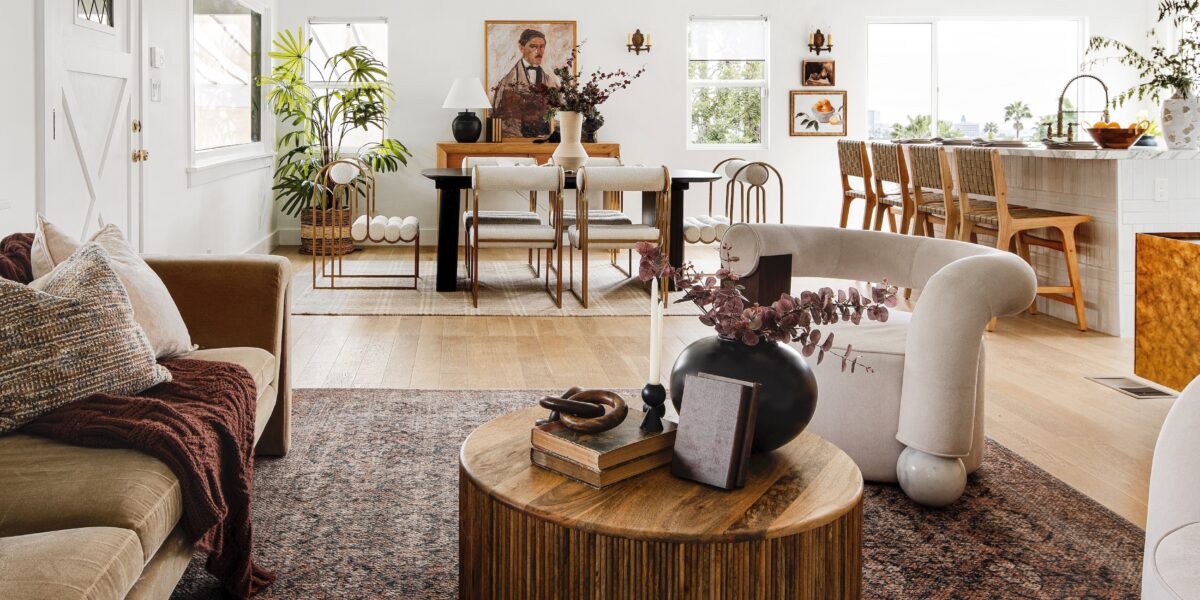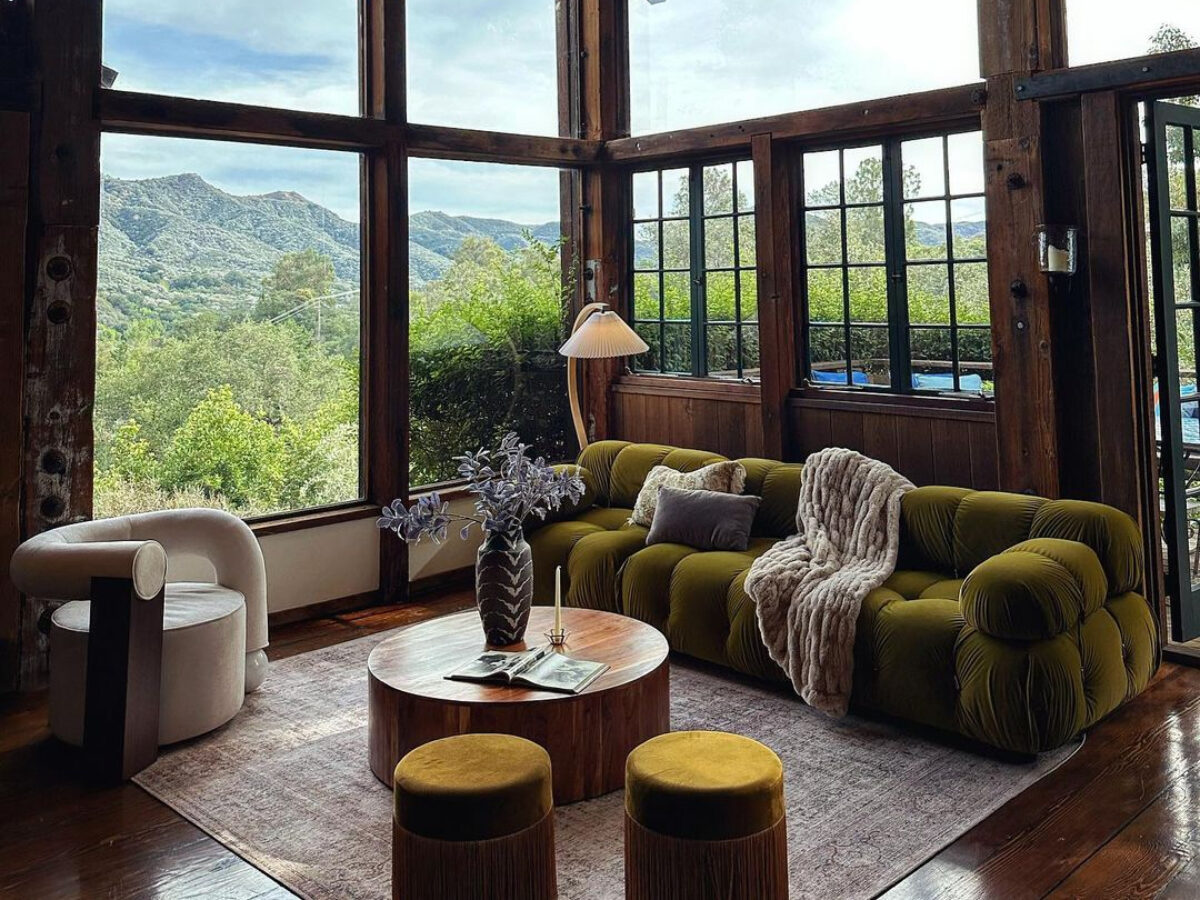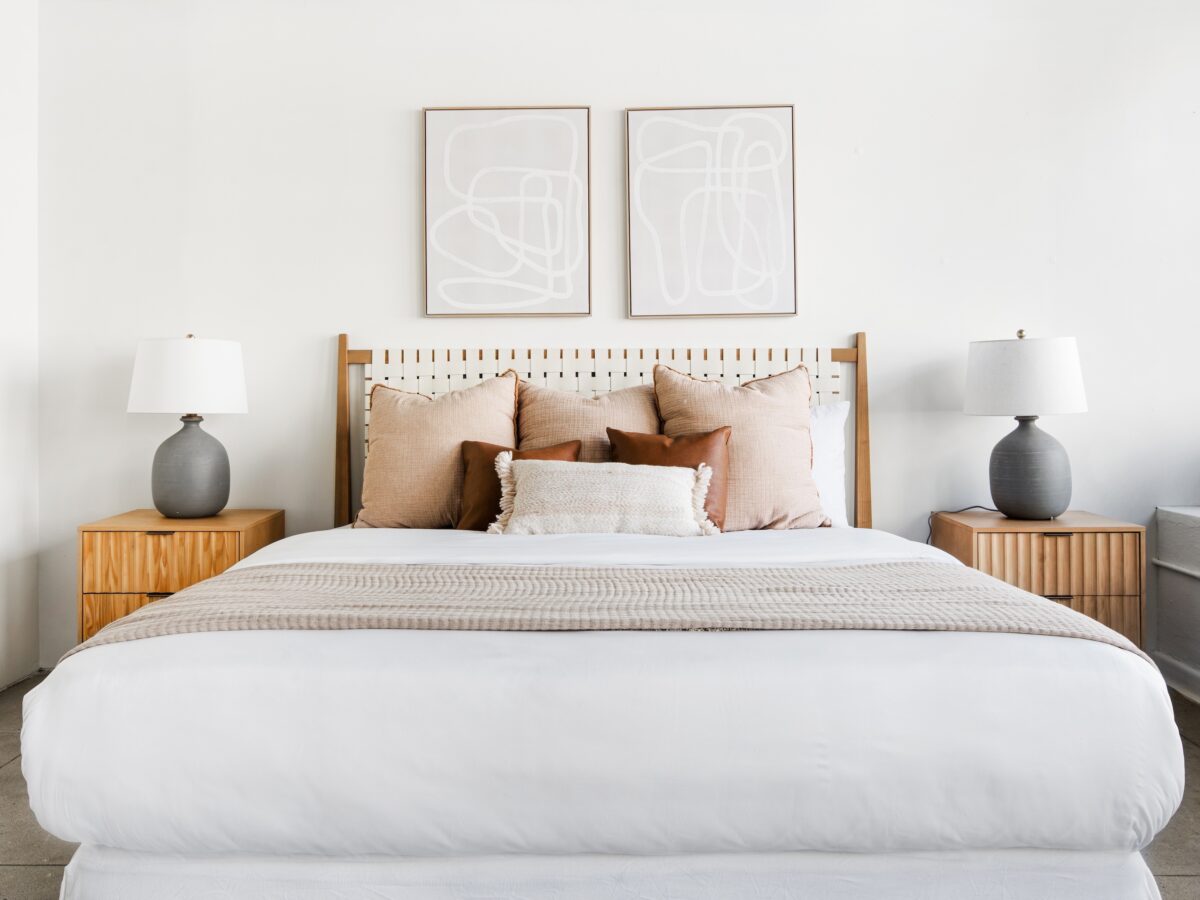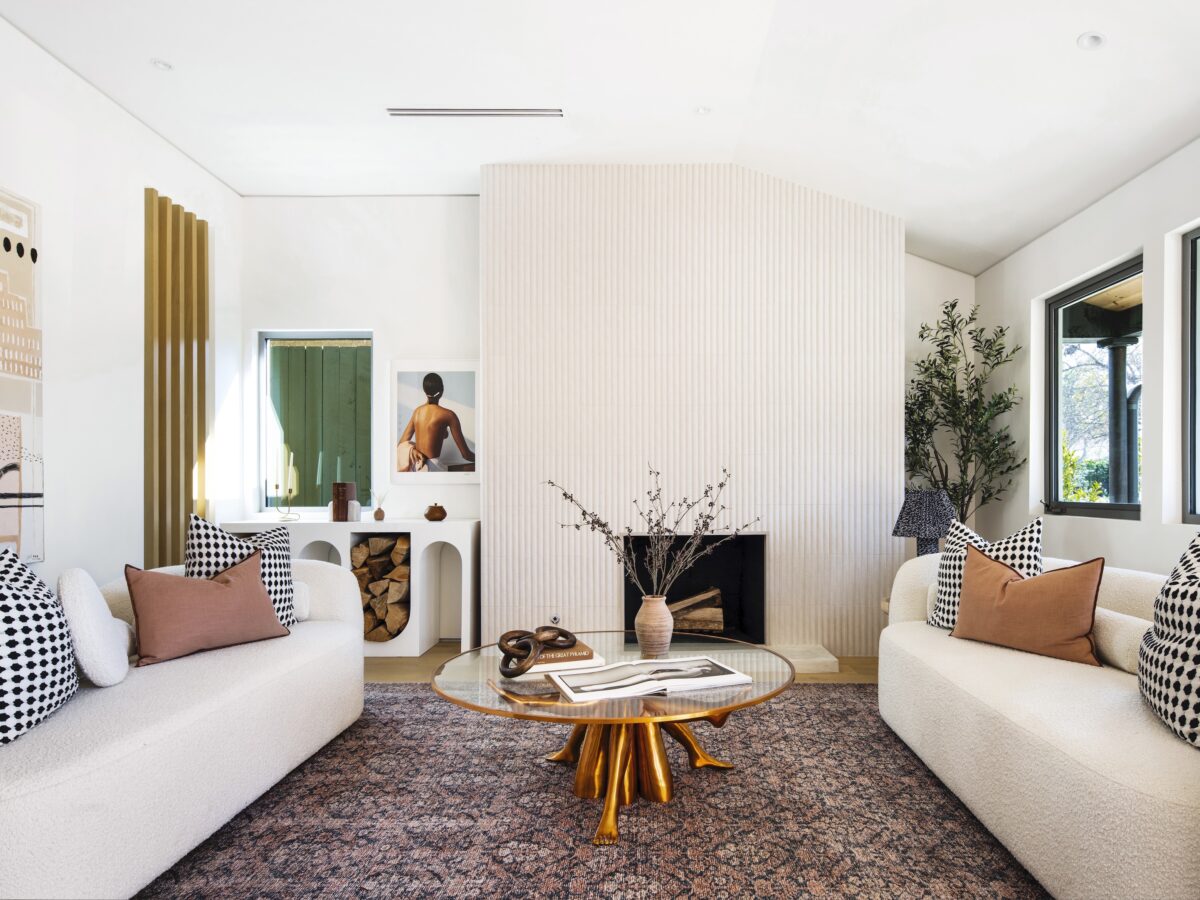
The Best Home Stager in L.A. Wants You to Know These Essential Design Tips
Francesca Grace is in a category of her own. Here’s why.

I love the way Francesca Grace stages a house. I love it because every room doesn’t look the same. I love it because her homes are filled with good ideas. And I really love it because she takes home staging, which is the epitome of sameness, and does the opposite.
Here’s the usual template when staging a home: Take a house, add white couches and chairs, add generic but on-trend wooden tables, throw in a few plants (and a few throw pillows), et voilà, the house is as good as sold. In a way, it makes sense. The point of staging, for many, is to make a house look great while at the same time achieving a certain kind of blandness so potential buyers can visualize themselves in the space and imagine its potential.
But that’s not inspirational. It’s not fun. It’s utilitarian. And—somehow—Grace bucks the trend. It helps that she’s also an interior designer, of course. (Meanwhile, you may recognize her from HGTV’s Fix My Flip and Netflix’s Buying Beverly Hills.) But she’s just got an extra something that makes her work stand out. So, I asked Grace to explain herself and spill some of her design secrets.

Gavin Cater
Francesca, where did your sense of style come from and who or what inspired your designs?
My design infatuation started very young, the same age I was introduced to Barbie (around 3nyears old). It wasn’t long before I ditched the Barbies for the sole purpose of decorating their Dream Houses.
We [also] moved over 20 times within my first 18 years of life due to my dad opening restaurants. For me, every new house was a new bedroom, a new canvas. I loved running through the house to choose my room, immediately decorating it with whatever I could get my hands on. I spent hours on DIY projects.
My mother, on the other hand, was a real estate agent. I loved going with her from listing to listing and learning how to relocate the staging furniture if it wasn’t quite right. I was basically drenched in design from the start.
Did you always think you’d become an interior designer and home stager?
I didn’t think it was possible to have a job that consisted of my biggest passion. I moved to L.A. to attend school at FIDM, where I got a degree in Merchandise Marketing. During college, I started a company called Thrifted Fox and sold vintage clothing. But I was too curious about other things so I moved on to pursue my career.
When you were in your learning phase, did you ever make mistakes? And what would you tell someone trying to develop their own original style?
This is such a good question, because I made so many mistakes when I started, and they truly helped me find my eye. I knew that I loved color and pattern, and I wanted it everywhere, but I was scared of what everyone else was going to think. I think that is my first piece of advice—it doesn’t matter what everyone else thinks. This is the best part of being a designer: You are designing with your eye, and some people will love it, and some people will hate it, and that’s okay. At the end of the day, you have to trust what feels right to you.

Gavin Cater
There have been so many times where I have thought that what I was going to do was going to look amazing and it ended up looking terrible. Those mistakes were everything I needed to gain confidence and allow me to take more risks. After seeing what doesn’t work, you can always go back to the drawing board and alter your designs. These mistakes can be costly, so I suggest building out design boards first and checking that your materials complement each other before installation.
How would you describe your design sensibility?
My work has been described as Cottagecore, Maximalist, Eclectic, you name it. It really is so difficult to categorize design. For me, my style changes over time. Whenever I get tired of my own work, I will introduce new shapes and colors that I wouldn’t normally use to avoid being predictable. I want each of my designs to stand out from one another.
How did you get into home staging and start your interior decor business?
My mom suggested staging, and that clicked for me. I was working at a staging company and then the pandemic hit. I was new to the staging world, and I was having a hard time getting business naturally. During the pandemic, everyone filed for unemployment, and I thought to myself, if all the stagers in Los Angeles file for unemployment, and all of the agents have to sell their empty listings, they will have to use me.
I called almost every agent in Los Angeles, and it worked. I was quickly then running the inventory system, truck schedules, and moving teams. After a few weeks, I realized I could start my own company with inventory that I felt was missing from the staging industry. (For example, color!) The design firm opened quickly right after. Once we added color to the gray and white homes covering Los Angeles, I was immediately getting requests to change the finishes in these houses to something more “full of life.”

Gavin Cater
What tips can you give to those who want to style their own home, and how can someone create the right “mix” in terms of vintage and contemporary pieces, or colors and pattern?
Different eras can really help you create something that feels unique, custom, and lived in. People want to feel like they belong in their home, and that can be accomplished by mixing elements.
If you want something more minimal and Scandi-inspired, mix light textured woods and bouclé. Texture will help you get comfort while keeping it sleek and simple.
If your style is more vibrant and eclectic, pattern is going to be your best friend. Wallpaper can really set the tone of a room without breaking the bank.
Adding a monochromatic scheme and tying in the wallpaper to a fabric somewhere will make the overall look more cohesive. My favorite word is balance.
Make sure you are giving each side of a room equal love, or it can feel unfinished and confusing.
Try mixing eras. I love taking a little piece of each era and combining it within one space. This creates balance for me, and I am all about it. So, vintage with post-modern, Scandinavian, or eclectic modernism. It sounds chaotic, which it is, but in a calming way.
Read the Current Issue Here!
Get one year of Sunset—and all kinds of bonuses—for just $24.95. Subscribe now!
